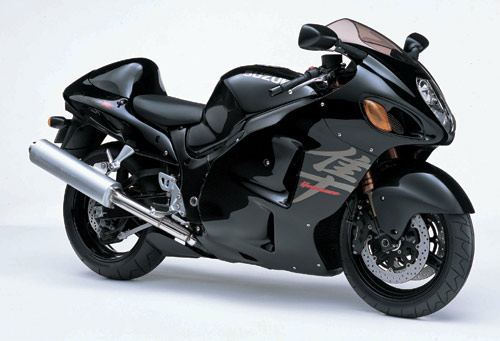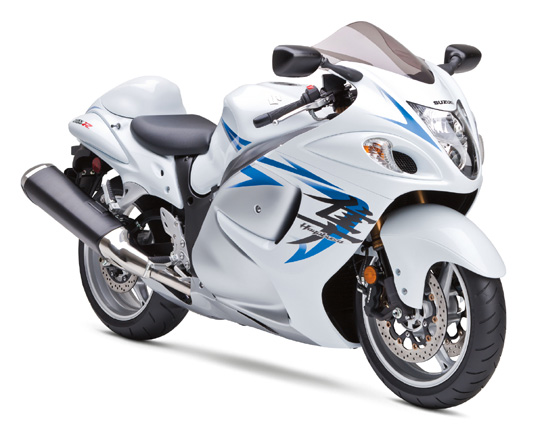Motorcycles are versatile and may be put to many uses as the rider sees fit. In the past there were few if any specialized types of motorcycles, but the number of types and sub-types has proliferated, particularly in the period since the 1950s. The introduction of the Honda CB750 in 1969 marked a dramatic increase in the power and speed of practical and affordable sport bikes available to the general public.
The groundbreaking inline four of the Honda CB750.
This was followed in the 1970s improvements in sport bike suspension and braking consummate with the power of the large inline fours that had begun to dominate the sport bike world. In the 1980s sport bikes again took a leap ahead, becoming almost indistinguishable from racing motorcycles. Since the 1990s sport bikes have become more diverse, adding new variations like the naked bike and streetfighter to the more familiar road racing style of sport bike.
Contents
* 1 Design elements
* 2 Classes
o 2.1 Variations
* 3 See also
* 4 References
Design elements
Dual front disc brakes with four piston radial calipers on a Yamaha YZF-R6.
Aftermarket upgrades using carbon fiber or other exotic materials are used on sport bikes to enhance the power-to-weight ratio and handling.
With the emphasis of a sport bike being on speed, acceleration, braking, and maneuverability, there are certain design elements that most motorcycles of this type will share. Rider ergonomics favor function. This generally means higher foot pegs that move the legs closer to the body and more of a reach to a lower set of hand controls, such as clip on handlebars, which positions the body and weight forward and over the tank.Sport bikes have comparatively high-performance engines resting inside a lightweight frame. High tech and expensive materials are often used on sport bikes to reduce weigh
Braking systems combine higher performance brake pads and disc brakes with multi-piston calipers that clamp onto oversized vented rotors. Suspension systems are advanced in terms of adjustments and materials for increased stability and durability. Front and rear tires are larger and wider than tires found on other types of motorcycles to allow higher cornering speeds and greater lean angles. Fairings may or may not be used on a sport bike; when used, fairings are shaped to reduce aerodynamic drag as much as possible and provide wind protection for the rider.
sports bikes
 sports bikes
sports bikes sports bikes
sports bikes sports bikes
sports bikes sports bikes
sports bikes sports bikes
sports bikes sports bikes
sports bikes sports bikes
sports bikes sports bikes
sports bikes sports bikes
sports bikes sports bikes
sports bikes sports bikes
sports bikes sports bikes
sports bikes sports bikes
sports bikes sports bikes
sports bikes
sports bikes
No comments:
Post a Comment